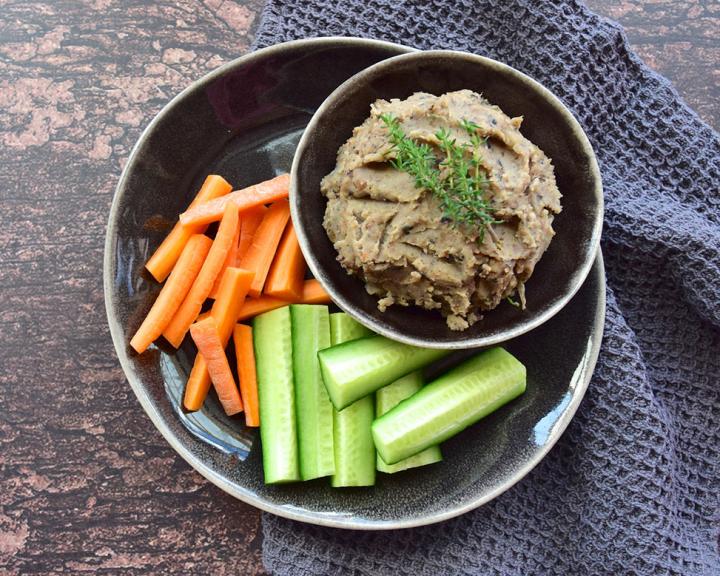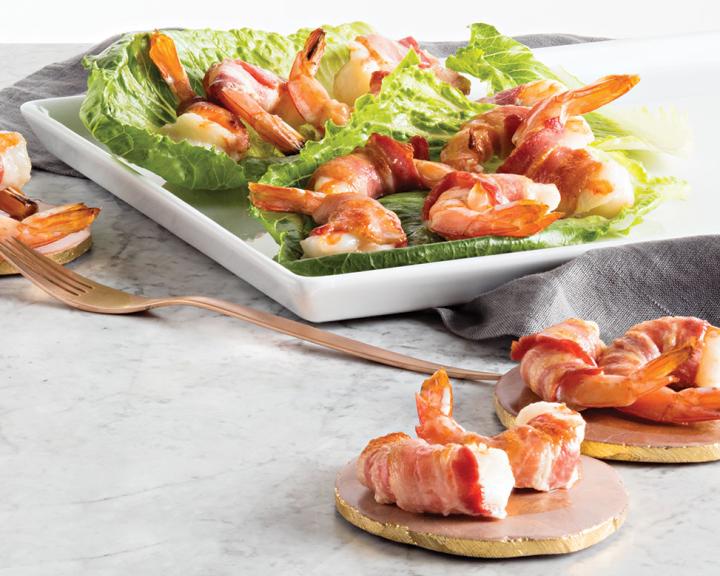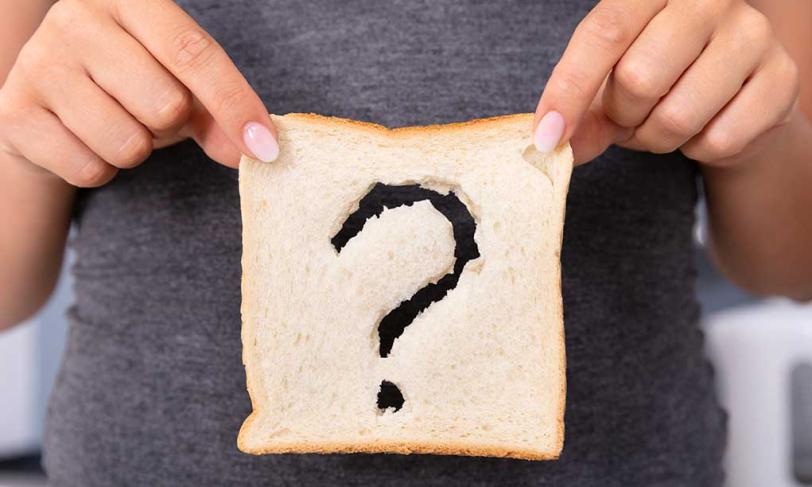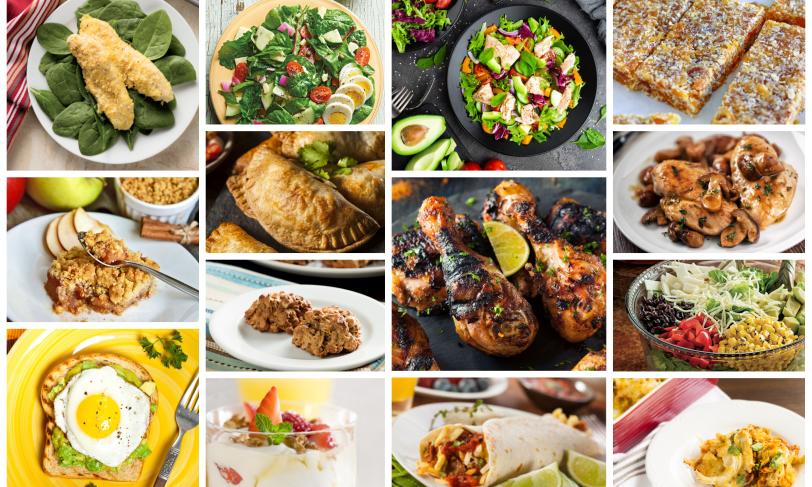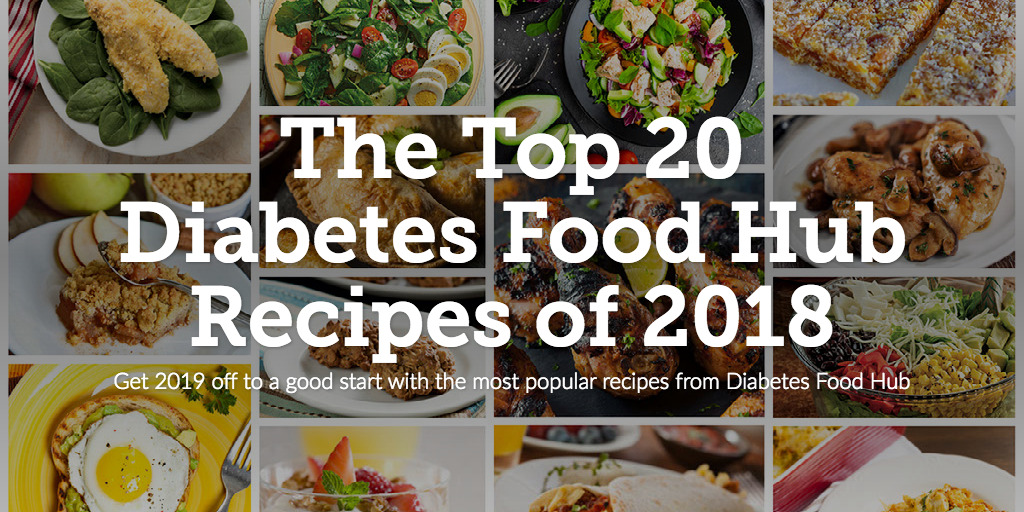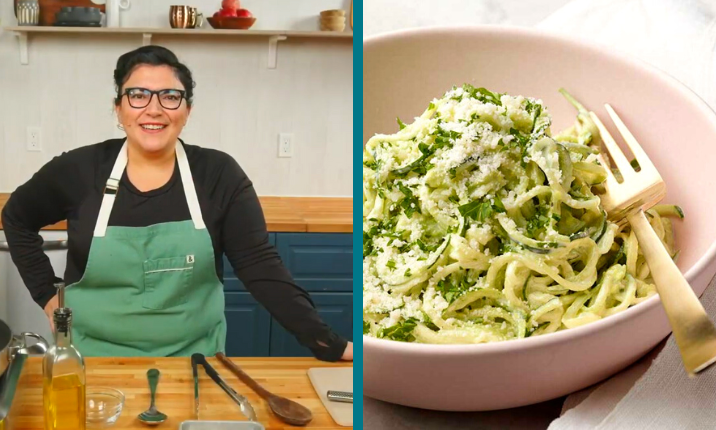Gluten-free diets have been trending for many years. Grocery stores are packed with everything from gluten-free bread to pizza, pasta, crackers and cookies. Since gluten-free has become very popular there has been a lot of confusion around gluten and the benefits of a gluten-free diet. People with diabetes in particular may be wondering if they should be following a gluten-free diet and if this would help manage their diabetes.
What is Gluten?
Let’s start with the basics on gluten. Gluten is a protein found in wheat, rye, barley and oats*. Foods that contain gluten include pasta, bread, crackers, cookies, cereal, but it is also hidden in some foods like some canned soups, soy sauce, licorice, some chocolates, salad dressings and more.
Gluten does not include all starchy foods or carbohydrates. Rice, potatoes, sweet potatoes, corn, and quinoa are naturally gluten-free. Fruits, vegetables, eggs, fish (non-breaded) and fresh meats are also gluten-free.
*Oats are naturally gluten-free, but they are often contaminated with gluten during harvesting or processing. If you have celiac disease, talk to your Registered Dietitian about whether gluten-free oats are safe for you.
Because gluten is found in grains, foods that contain gluten are usually high in carbohydrates, which can raise blood glucose. But gluten itself does not impact blood glucose.
Gluten-free foods that contain carbohydrate will have the same impact on blood glucose as carb-containing foods that do contain gluten. For example, gluten-free pasta does not raise blood glucose levels less than regular pasta.
Gluten is not specifically harmful to people with diabetes, but people with type 1 diabetes are more likely to have celiac disease, a condition that requires following a strict gluten-free diet.
What is Celiac Disease?
Celiac disease is an autoimmune disease in which gluten causes an immune response by attacking the small intestines. This can cause damage to the intestines and block the absorption of nutrients by the body.
Symptoms of celiac disease can vary from person to person, but can include diarrhea, vomiting, weight loss, stomach pain, constipation, migraines, anemia, neuropathy, failure to thrive, anxiety and many more. It should be noted that a person can have celiac disease and NOT have any gastrointestinal (GI) symptoms either.
A strict, lifelong, gluten-free diet, which allows the intestines to heal, is the only treatment for celiac disease.
Celiac disease is associated with other autoimmune disorders, including type 1 diabetes. People with type 1 diabetes have a higher incidence of celiac disease—it’s estimated that 10% of people with type 1 diabetes have celiac disease too.
The American Diabetes Association recommends that people with type 1 diabetes should be screened for celiac disease at diagnosis, and again within two years and 5 years. Additional screening may be recommended if there is a first-degree relative with celiac or if the person is symptomatic.
Celiac disease affects at least 1% of Americans, or nearly 3 million people in the United States. The risk for celiac disease is not higher in people with type 2 diabetes.
What about Gluten Sensitivity?
You may have also heard of “gluten sensitivity” or “gluten intolerance.” Gluten sensitivity is a general term used for those who have adverse reactions to gluten, but test negative for celiac disease. The cause of non-celiac gluten sensitivity is unclear.
Non-celiac gluten sensitivity may cause symptoms such as bloating, gas, diarrhea, and constipation. It may also cause other problems like fatigue, headache, and joint pain.
Symptoms of gluten sensitivity can be very similar to celiac disease, but gluten sensitivity does not generally damage the intestines the way that celiac does.
Currently there is no diagnostic test for non-celiac gluten sensitivity. Doctors will first test for celiac disease and wheat allergy to rule those out. If they are negative, your doctor may recommend a gluten-free.
Many patients notice they start feeling better and no longer have bloating, gas, headaches and fatigue with the gluten-free diet. This motivates them to continue to follow a gluten-free diet and this improvement in symptoms is real.
People with non-celiac gluten sensitivity may not react negatively to gluten-containing crumbs or cross contamination like a person with celiac disease. It’s best to make an appointment with a dietitian specialized in celiac disease and gluten-free diets to help with the new lifestyle.
Should I go on a gluten-free diet?
If you do not have celiac disease, and do not experience any problems when you eat gluten, there is no reason to avoid gluten.
If you are experiencing any of the symptoms of celiac disease or non-celiac gluten sensitivity you should discuss this with your doctor and get screened for celiac disease.
It is very important that you continue to eat gluten for this screening/blood test to be accurate. If the celiac screen antibodies are positive then a biopsy of small intestines will be recommended.
After you get the results, whether celiac disease or not, you can consult with a Registered Dietitian specialized in celiac disease and gluten-free diets to assist you with your health condition.
What you should NOT do is start a gluten-free diet on your own without being screened for celiac disease. Life with celiac disease requires a total lifestyle change and complete vigilance in avoiding gluten. A specialized, Registered Dietitian can help you navigate a gluten-free diet or any diet for your specific health condition.
Lara Rondinelli-Hamilton, RD, LDN, CDE is a registered dietitian and certified diabetes educator. She has a special interest in counseling people with celiac disease ever since she was diagnosed in 2007. Lara is the co-author of several ADA cookbooks, including The Diabetes Cookbook, Healthy Calendar Diabetic Cooking, The Healthy Carb Diabetes Cookbook, and Gluten-Free Recipes for People with Diabetes.
